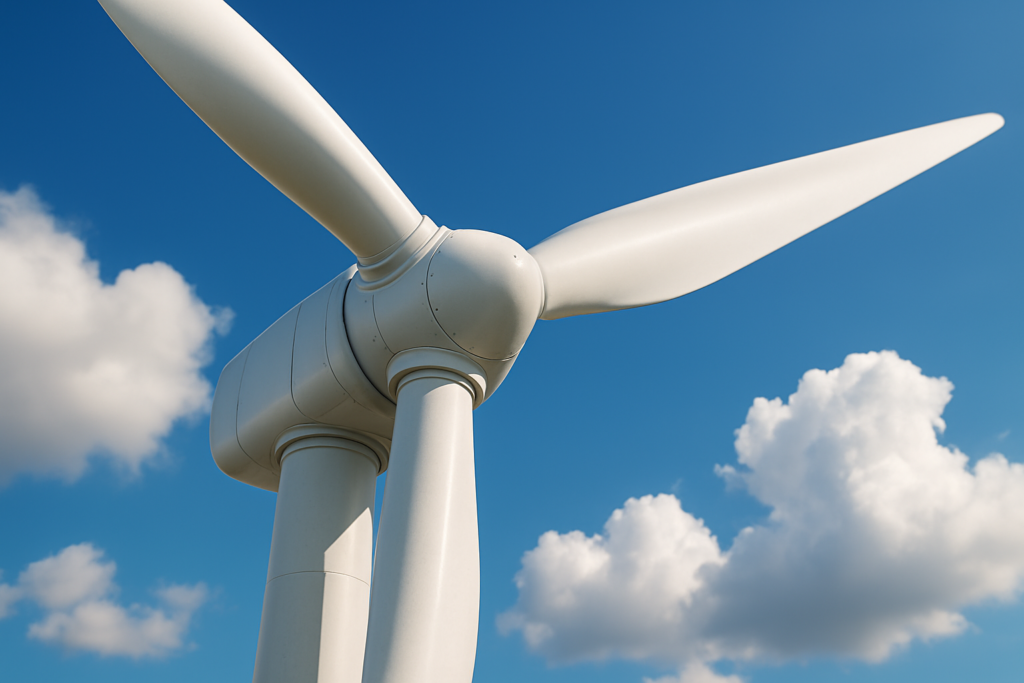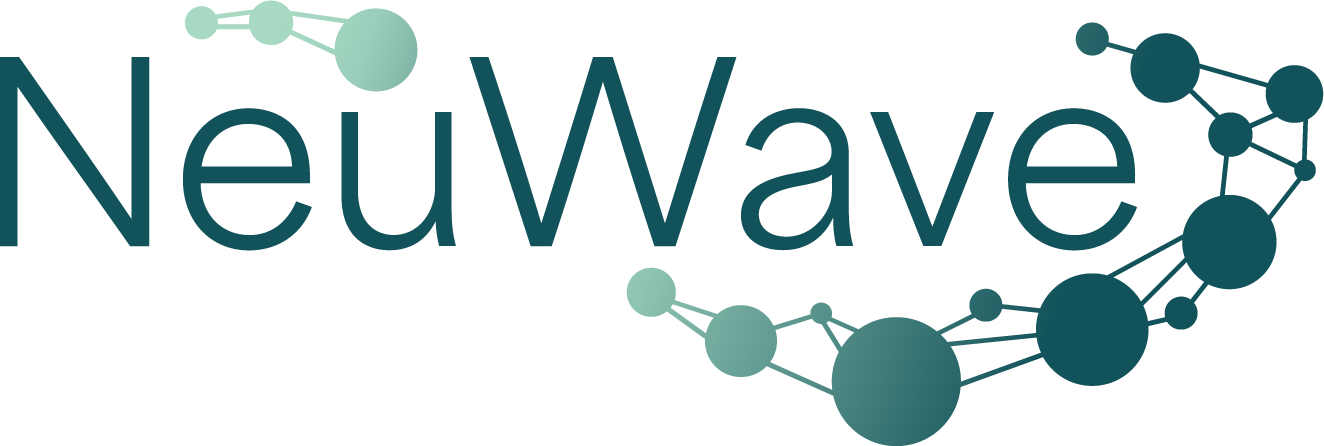Between the teething issues expected of a rapidly expanding industry and increasingly harsh conditions due to climate change, the offshore wind industry is facing pressure from all sides.
Downtime can cost millions, so streamlining is essential. Predictive maintenance powered by artificial intelligence is emerging as a vital solution – cutting costs, boosting reliability, and safeguarding offshore operations.
But what is predictive maintenance? How can AI help? And what does this actually mean for future offshore wind developments?

Understanding predictive maintenance in offshore wind
Predictive maintenance is a data-driven approach using real-time monitoring and advanced analytics to identify when turbine components are likely to fail (and before they actually do). Unlike traditional scheduled maintenance, this helps operators to act precisely when needed and prevent costly downtime.
For offshore wind, this is a game-changer. Turbines are often located in remote, weather-exposed environments, where traditional inspections are logistically complex and expensive.
Predictive maintenance helps asset managers to monitor critical turbine components – blades, gearboxes, bearings, and generators – using sensor data constantly and reliably from afar. In short, forecasting failures early improves efficiency across the board.
With offshore wind farms set to grow in both scale and complexity, this kind of precision is no longer optional; it’s essential.
The role of AI in enhancing predictive maintenance
At the heart of this approach are machine learning algorithms trained to recognise subtle patterns in turbine performance data. These models (such as neural networks or Long Short-Term Memory (LSTM) systems) learn from historical data to detect anomalies, predict component degradation, and accurately flag potential future failures.
Predictive AI tools can process data from a variety of systems and external weather source feeds, and are able to continuously refine their models to adapt to changes in environmental conditions, specific turbine requirements, or new best practices.
The result? Smart, scalable diagnostics that outperform traditional rule-based alerts – making offshore wind operations more efficient, resilient, and future-ready.
What are the benefits of AI-driven predictive maintenance for offshore wind farms
The use of artificial intelligence transforms vast streams of sensor data into real, actionable insights – and much faster than a human ever could. Predictive maintenance powered by AI offers tangible advantages to offshore wind farm developments (and the industry more broadly).
- Lower costs: AI models help schedule maintenance interventions more efficiently, avoiding emergency repairs and optimising logistics.
- Increased uptime: Early detection of faults can minimise outages and helps maintain a steadier stream of energy production.
- Improved safety: Reduced need for manual inspections in hazardous offshore environments addresses health and safety concerns.
- Extended asset life: By preventing the early degradation of components offshore wind farms can prolong turbine lifespan.
- Data-led decisions: Real-time analytics empower operators with deeper insights and better outputs.
These benefits are foundational to the future success of the offshore wind industry. And through combining each of these, developers are able to actively de-risk their projects; building trust with regulators, investors, and insurers.
As wind farms scale up in size, complexity, and investment, AI-powered predictive maintenance will be critical to ensuring that operations can remain safe, cost-effective, and resilient.
What are the current challenges to AI-powered predictive maintenance?
So, clearly the benefits of AI in offshore wind and turbine maintenance are pretty compelling; but implementation is far from straightforward. To unlock its full potential, developers and operators must first overcome several key technical and strategic challenges.
Predictive maintenance systems rely on large volumes of accurate, high-quality data – and data quality and availability remains a primary hurdle. System integration is another sticking point. AI tools must interface seamlessly with existing SCADA, CMS, and enterprise platforms.
Not all turbines are the same, nor do they all run on the same systems. Updating legacy systems to accommodate the required changes will likely be costly and time-consuming.
Cybersecurity is also a growing concern. As more turbine data is processed, stored, and transmitted through cloud-based AI systems, operators must implement robust safeguards to protect critical infrastructure from cyber threats.
Ultimately, standardisation and regulation lag behind innovation in the offshore wind industry. Without common data formats, performance metrics, and regulatory frameworks, we run the risk of implementing fragmented solutions that don’t scale industry-wide.
Establishing shared standards will be crucial for wider adoption and success. With targeted investment and strong collaboration between technology providers, asset owners, and regulators, these barriers can be overcome.
What’s next for AI in offshore wind farm maintenance?
The future of offshore wind maintenance is increasingly intertwined with advancements in artificial intelligence. As turbines grow in size and are deployed further offshore, the need for efficient, reliable maintenance solutions becomes paramount.
AI-driven predictive maintenance is poised to play a critical role in this evolution, enabling real-time monitoring and proactive issue resolution. According to the US’ National Renewable Energy Laboratory, integrating AI into operations and maintenance strategies can significantly enhance the reliability and cost-effectiveness of offshore wind installations.
Embracing these technologies will be essential for the sustainable growth of the offshore wind sector.
Artificial intelligence is creeping into every industry, and AI-powered predictive maintenance is no longer a concept of the future: it’s a real advantage that we can harness right now.
As offshore wind scales up, intelligent, data-driven development, maintenance, and operations will be essential to bringing the industry into the future. For developers and operators alike, embracing AI isn’t optional; it’s the next step in sustainable offshore success.
Smarter maintenance starts right here with NeuWave…
Harness the power of data with the NeuWave AI platform. Built for scale, speed, and optimised decision-making; discover the tools transforming the industry.

